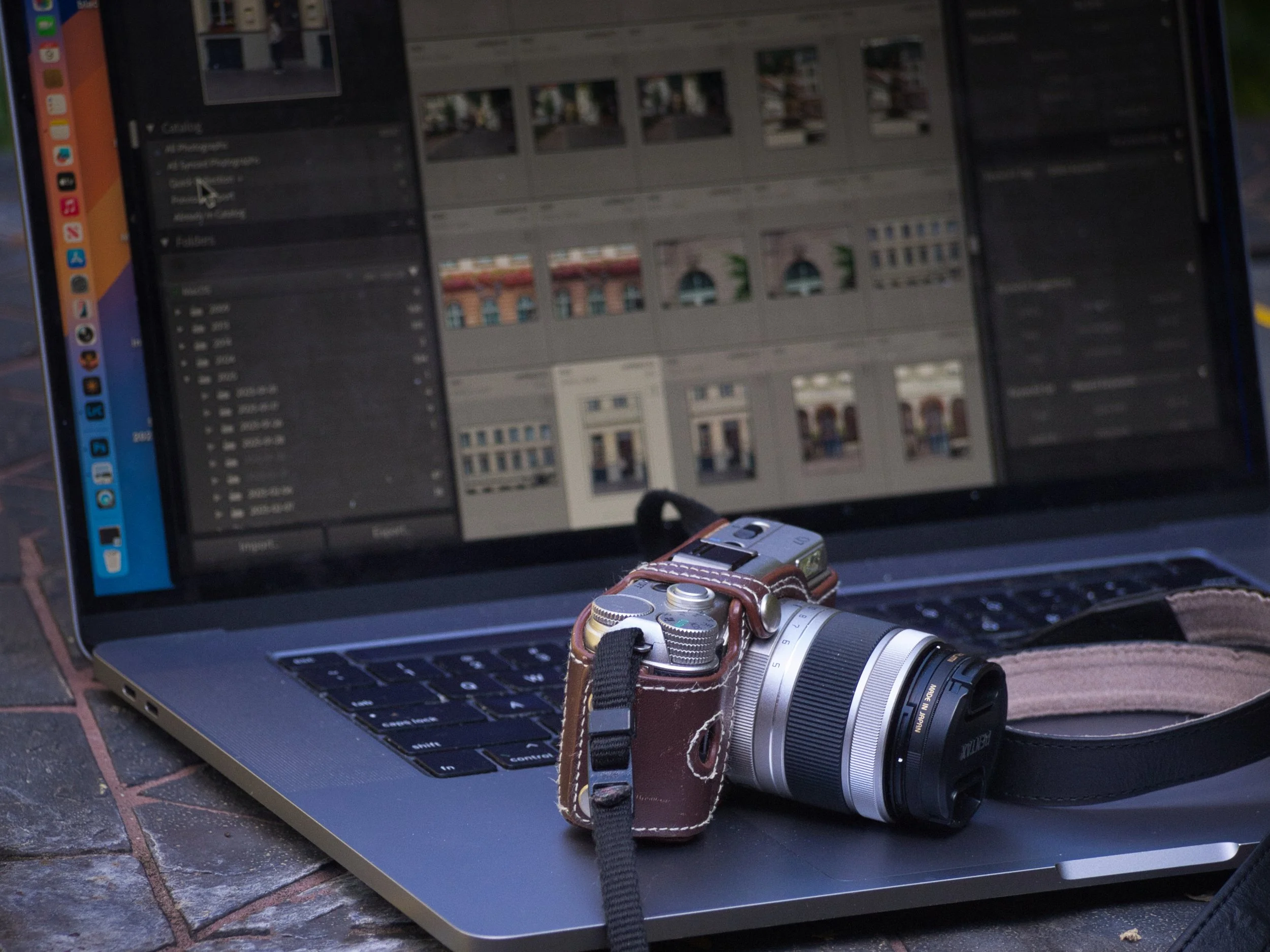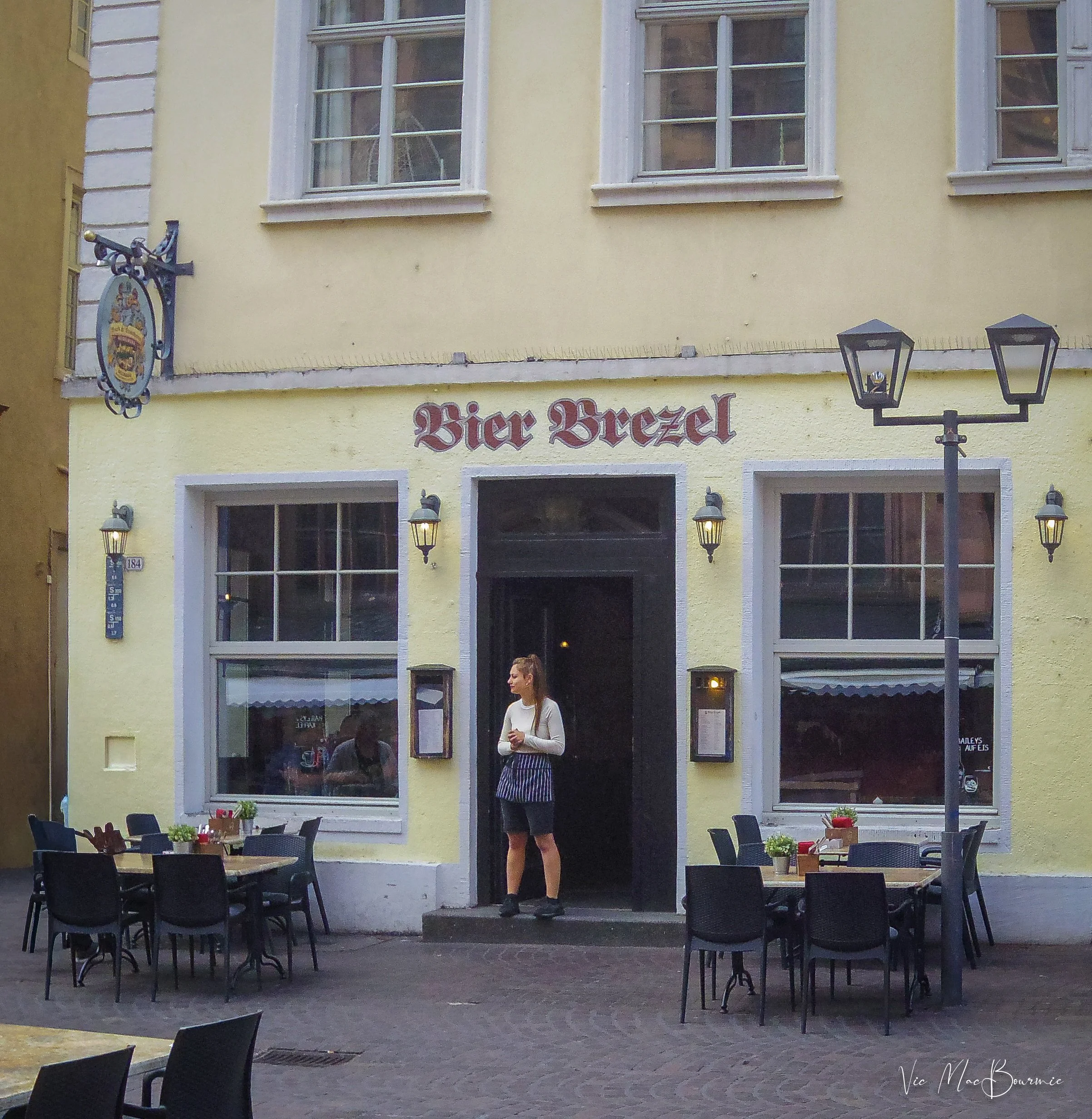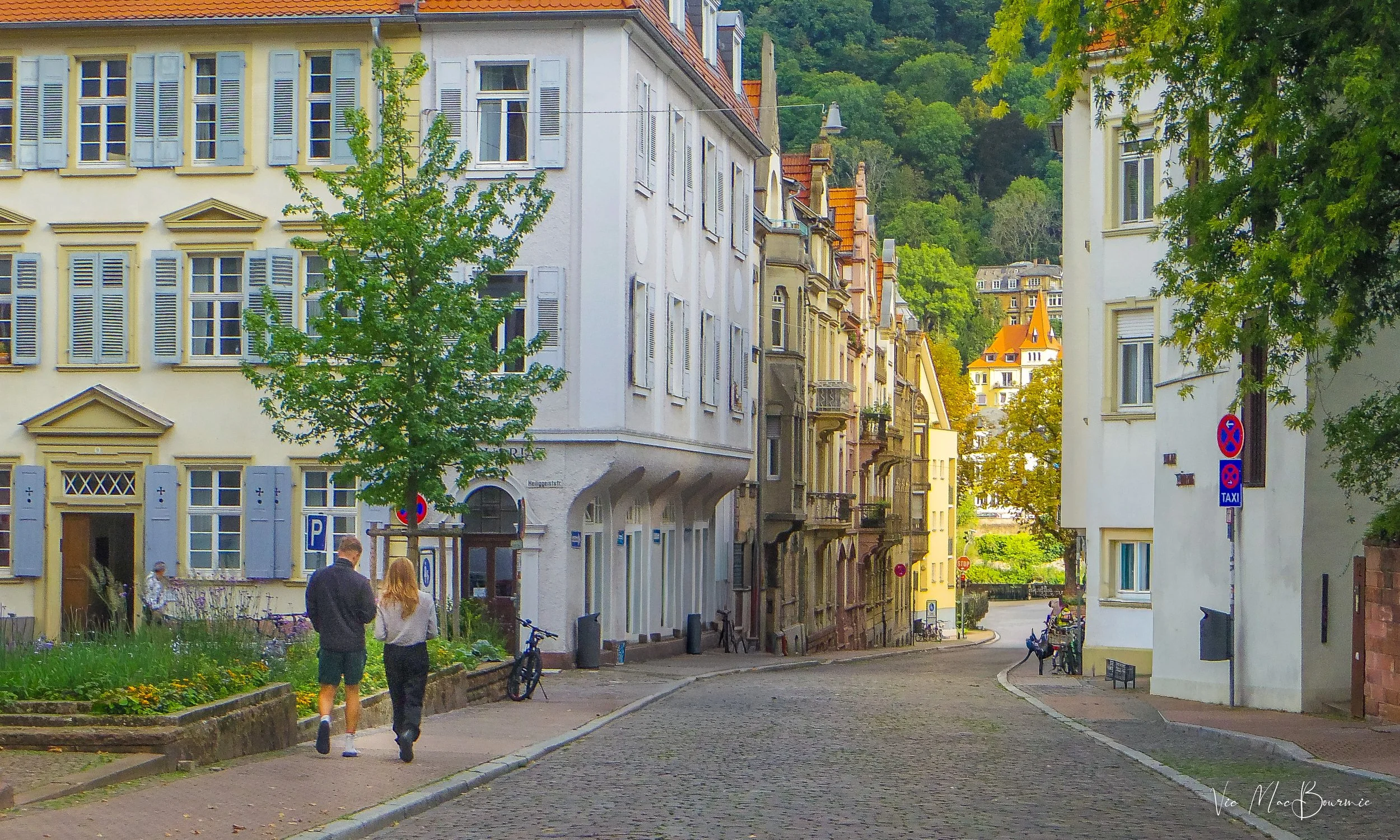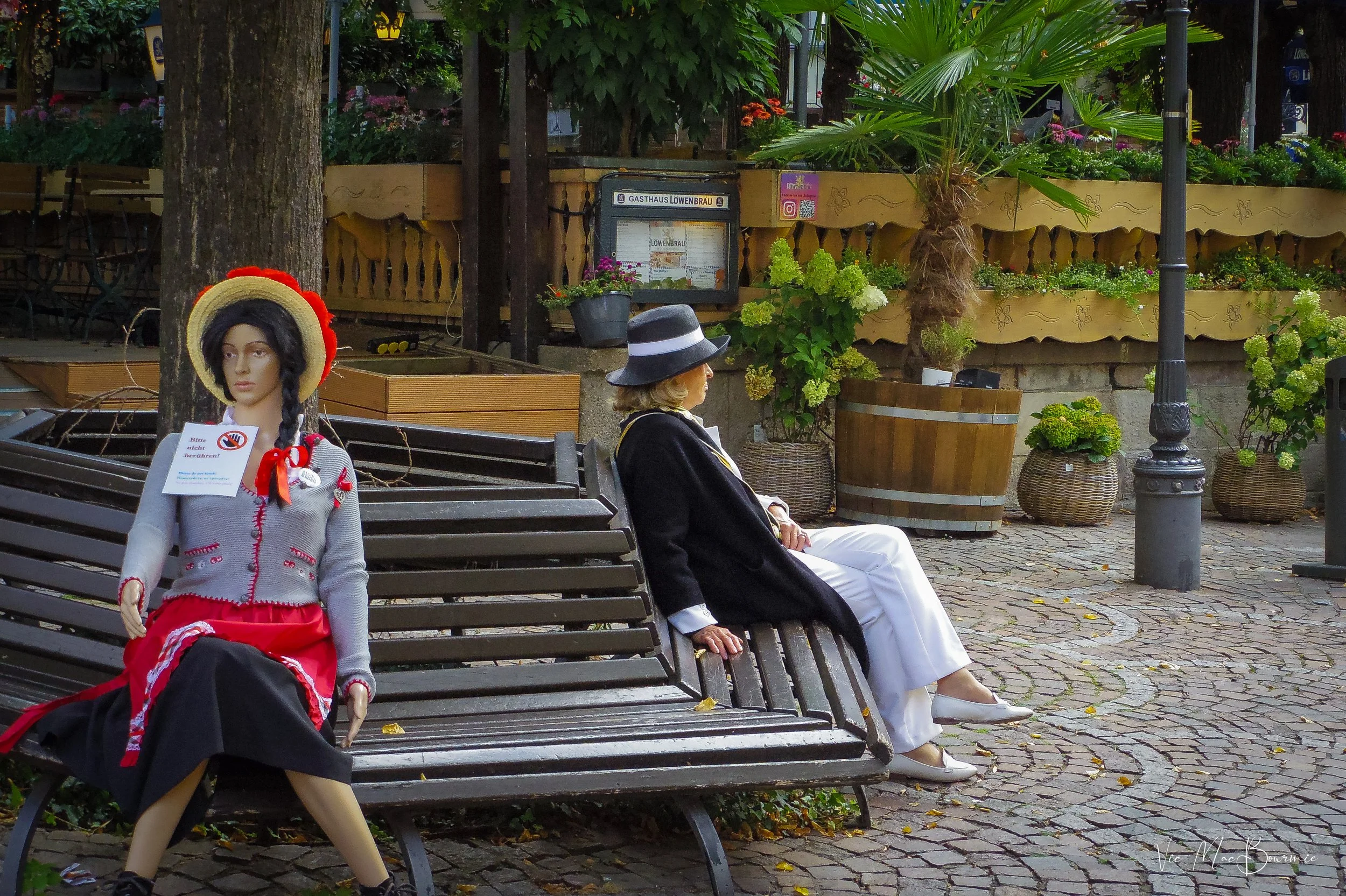Why I chose the Pentax Q7 to capture a European river cruise vacation
Convenience, quality wrapped in a tiny package makes Pentax Q series the perfect travel cameras
Okay, before you start laughing, let me explain.
Yeah, the miniature 20-plus-year-old, Q7 mirrorless camera with its tiny 12.3 megabyte 1.17-inch backlit CMOS sensor would not be many photographers first choice to document a once-in-a-lifetime family Rhine river cruise vacation.
In fact, I’d bet I’m probably standing pretty much alone here, with maybe the exception of all but the most die-hard Pentax Q users.
And that’s fine with me.
Pentax Q: Tiny and terrific
The Pentax Q with its fine collection of proprietary lenses, just might be the best travel companion for those simply looking to document their vacation with a high-quality camera and lenses that is small enough to fit into a coat pocket.
The purpose of the vacation was not to capture incredible images, rather it was to spend time with my wife and adult daughter. In other words, I felt the experience was going to be more important than the images I was going to make on the vacation. Afterall, time limitations and tourists getting in the way makes serious photography difficult on these types of vacations, to say the least.
Complete system fit nicely in a coat pocket
I figured the Pentax Q system was, at least, better than relying on my phone for capturing memorable moments, and, being able to fit the miniature camera and all three lenses into a coat pocket would allow me to grab the odd shot without having to lug around a full system of cameras and lenses. I’ve made that mistake too many times in the past and was determined not to make it on this vacation.
So, after much thought prior to the trip, I convinced myself that, because of the limiting factors of time and an abundance of tourists, at best I was going to get a couple of nice snapshots.
Boy, was I wrong and more than a bit surprised..
But more on that later. Let’s continue this talk about the interesting camera decision.
For more on the Pentax Q system, check out my other posts below:
The tiny Pentax Q7 fit nicely in my coat pocket and could be easily retrieved at a moment’s notice to capture an iconic scene like this one of a man walking down a deserted street in the heart of a quaint German town. (Pentax Q7, ISO 1600, 1/125 sec, F5, with 02 standard zoom at 14.9mm.)
Sigma DP2, Fujifilm X10, Olympus and Lumix micro 4/3 cameras all stayed home
My camera choice certainly wasn’t because the Q10 and accompanying lenses were the best I had available to me. I’ve got Olympus and Lumix M4/3 systems, A Pentax APS K5 system, the venerable Fujifilm X10, the Lumix LX7, even a Sigma DP2 as well as a host of other cameras to choose from. (I know I have a problem.)
But when it came down to it, I chose the Q7 along with the 50mm (01) equivalent, 28-80mm (02)kit zoom and the weird little fisheye lens. I meant to take the 80-200mm equivalent (06) to give me some pull-in power, but in my haste to pack everything, I grabbed a second 28-80mm kit lens instead.
I should say that I also packed a Fujifilm EXF660ER travel camera with a 16mp CMOS sensor and 24-360mm zoom lens, which I had purchased a few weeks earlier from a thrift store for $12 Canadian. Its 360mm reach easily took the place of the 80-200mm 06 lens for capturing distant scenes. However, the Fujifilm was used only sparingly and often when the Q10 battery died while out on the town.
Would I do it again? In a heartbeat.
But, rather than explain my decision and trying to justify it to an audience that can’t imagine bring the tiny Pentax instead of a larger format system, let me show you why.
I think these images speak for themselves.
Montreau, Switzerland taken with the Pentax Q7 from the Lake Geneva boat cruise. (Pentax Q7, ISO 100, at 320 sec at 9.1mm.
From past experience, I knew the Pentax Q system was capable of capturing exceptional images. Despite the tiny sensor, the camera boasts the ability to shoot both high-quality JPEGs as well as RAW (DNG) files, has very capable image stabilization built into the camera and no anti-aliasing filter to soften the image. I believe the lack of anti-aliasing filter is often overlooked by many, but accounts for the very sharp images achievable straight out of camera.
The results point to a surprisingly capable camera system more than up to the task of capturing extremely sharp images with the array of dedicated lenses. This is not even taking into consideration the huge number of third-party lenses that can easily be added to the system from the diminutive 110 lenses (see story here) to a host of manual lenses via a simple adapter. (seee story here)
Before the trip, I added a step-up ring which, in turn, allowed me to use a polarizing filter to deepen the blues in sunny skies and remove unwanted reflections from water, windows and other reflective surfaces.
After going through almost 2,000 images, I think I can safely say that I was not disappointed. In fact, once again, this little camera system managed to impress me even more than I expected.
I was careful to photograph everything in both Jpeg and RAW formats and, although the JPEGs were more than useable, I chose, in most instances, to work with the RAW images in Lightroom to pull out fine detail and a wider exposure range. The RAW DNG files proved to be incredibly easy to manipulate and arrive at the results I was wanting to achieve.
To my surprise the kit zoom (02) that gives a zoom ratio of approximately (28-80 range) with the Q10, was used for maybe 80-90 per cent of the images. Most of the images included the polarizing filter, if nothing else to cut glare.
Eight dedicated lenses to choose from
For a little background, Pentax introduced a total of 8 miniaturized lenses beginning with the excellent 01 standard Prime with a focal length of 8.5 mm (47mm equivalent for the Q, Q10, and 39mm for the Q7, Q-S1 with the larger sensors.) More lenses followed: 02 standard zoom (27-80 range equivalency, 23-69mm), 03 Fisheye (17.5mm, 16.5mm), 04 Toy wide angle lens ( 35mm, 33mm), 05 Toy lens (100mm, 94mm), 06 Telephoto zoom (83-249mm, 69-207mm), 07 Shield mount lens (63mm, 53mm) and finally the 08 Wide Zoom (21-32mm, 17.5-27mm). For more complete story on the hard-to-find O8 wide angle lens click here.
The lake cruisers traditional looks and almost silent motors made the Lake Geneva cruise a real joy. (Pentax Q7, ISO 200, 02 lens at f4 and 5.5mm.)
One of the weaknesses of the Q system is their tiny batteries which do not hold the best charges. I carried two batteries most days, but was able to get through the majority of days with a single battery by conserving the power by turning off the camera immediately after using it and keeping chimping (checking the images on the back LCD screen) to a minimum.
Keeping an eye out for interesting “street” images adds more depth to your typical vacation photographs and helps to capture a greater sense of the local character.
Ideal system for capturing street scenes
As a former journalist, capturing interesting street scenes was a prime focus whenever I was wandering the small towns and cities where the river cruise ship stopped. Nothing screams professional more than a large 35mm camera and an array of lenses cascading out of the camera bag. That’s not the image I wanted to convey while wandering the back streets trying to capture street scenes.
A couple strolls down the quintessential European street in the heart of a quaint German town (Heidelberg I believe). (Pentax Q7, ISO 400, F4, with 02 standard zoom at 11.2mm.)
Nothing could be more inconspicuous than the miniaturized Pentax Q system. Even with the 80-200mm f2.8 mounted on the camera, no one is going to mistake you for anything more than an annoying tourist, if they even notice you are photographing them at all. The whole package is so small that, if you are shooting from the hip, I can guarantee no-one will take notice.
This well-dressed woman seemed to be taking a moment to do a little people watching or maybe waiting for a friend, but I could not resist capturing this captivating scene.
These are just a few “street scene” images taken during our two weeks in Europe. I hope to write a separate post on capturing more authentic images on vacation rather than just your family members posing in front of typical tourist destinations, which will include capturing street scenes.











